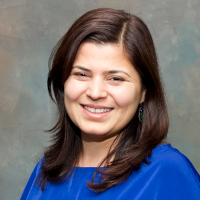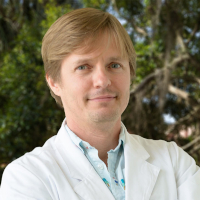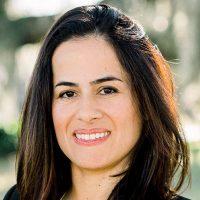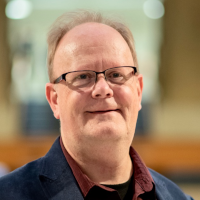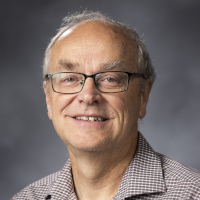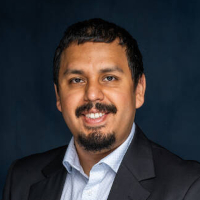
Valva Vozmediano (UF Pharmacometrics & Systems Pharmacology)
Zoom To obtain the Zoom link, please contact Youngmin Park at park.y@ufl.edu or Kyle Adams at adams.k@ufl.edu.Integrative disease-drug-trial platform for Parkinson’s disease Despite the wide research on Parkinson’s disease (PD), current knowledge on how to link pathophysiological changes and clinical symptoms is still minimal. We are developing an integrative disease-drug-trial platform using different analysis approaches that serves as a quantitative link between (potential) biomarkers of disease progression and clinical scores. This …

